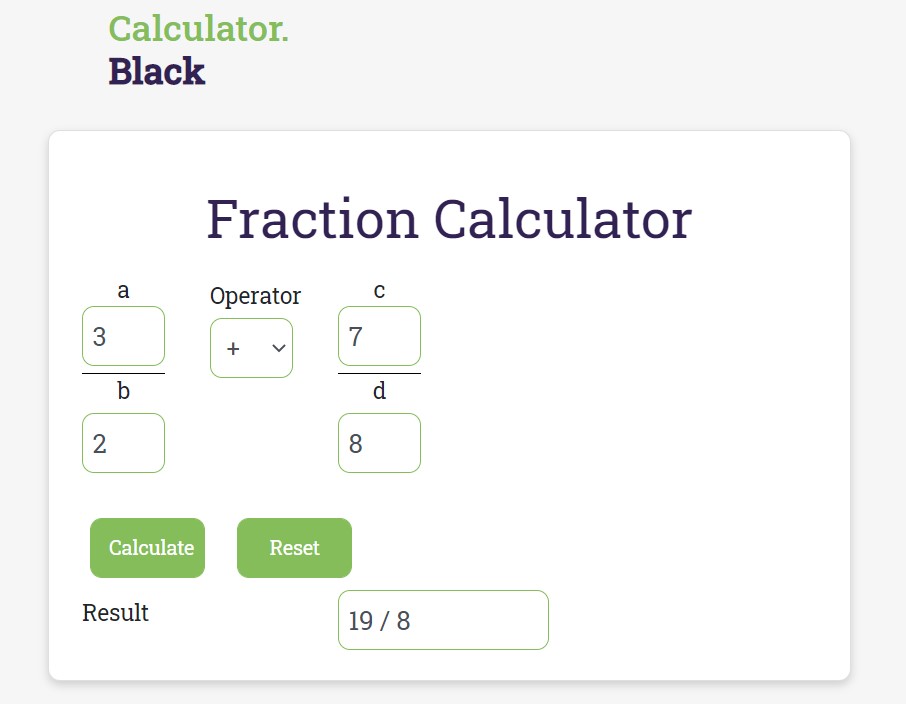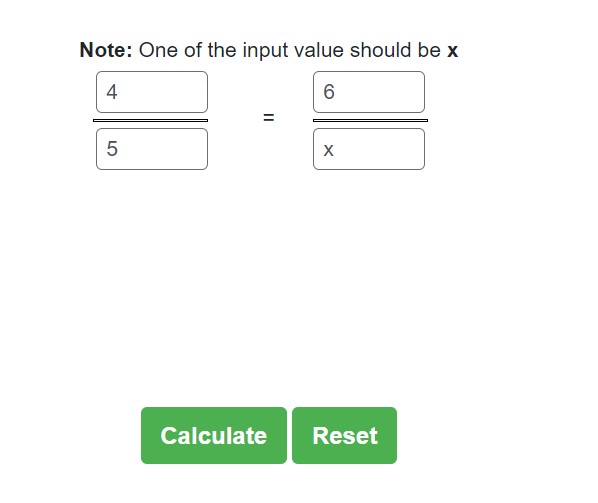The idea of fraction/proportion applications has existed since ancient times, especially in 1800 BC, when Egyptians used numerous symbols to describe fractional applications. The term bit is derived from the Latin word fraction, which means to divide anything into smaller bits.
Fractions and proportions are a fundamental principle in mathematics that also has several real-world applications. Fractions are often used in a variety of areas, from splitting a pie into equal halves to architecture and science.
Learning fractions is easy, however, when it comes to conducting operations on fractions such as adding, subtracting, and multiplying fractions, students must practice these operations on fractions in order to implement them in real-world scenarios. With solid fraction fundamentals, students can easily grasp concepts such momentum, ratios, and proportions.
It is important to use real-life examples when teaching fractions; for example, you should use day-to-day situations to illustrate fraction principles in activities such as baking, sharing pizza slices among friends, and so on. Understanding fractions requires a thorough understanding of the basic principles.
In this blog, we will look at real-world uses of fractions and proportions, and how they can help us in our everyday lives. Learning is much better when real-life references are used and they make the subjects more relatable and enjoyable. Let’s start with the definition of fraction.
Fraction – Definition
Fractions are a way to represent a number that cannot be represented in the whole form. Fractions are used to read or write quantity in comparison to the whole quantity. For example, if there are 5 pizzas and 9 burgers in a basket, then there are 5/14 pizzas if we have to calculate the ratio of pizzas as compared to the total number of burgers.
A formal definition of fractions can be stated as:
A fraction is a number that represents a whole number that has been divided into equal parts. When spoken in everyday English, a fraction describes how many parts of a specific size are there.
The upper part of the fraction is known as the numerator and the lower part is known as the denominator.
4/5, 30/14, 15/22 are a few examples of fractions.
Is there any tool to solve fractions and proportions?
Yes, there are several online tools available on the internet. Most of them offer all types of fraction calculations for students.
Calculator.black offers immersive learning as well as step by step calculations with its fraction calculator to help students understand why they are doing what they are doing. This tool offers step by step calculations for fraction problems. You can add, subtract, multiply, and divide two fractions using this tool.

You only have to enter both of the fractions that you want to solve. There is an option to select the type of operation you want to perform on fractions. You can select from addition, subtraction, multiplication, and division. This calculator will pace up your fraction calculations and you can also learn how to solve fractions using this tool.
AllMath is an online educational platform that focuses on the fundamental principles of mathematics, physics, and chemistry using modern learning methods.
The proportions calculator by AllMath is an online tool that solves the given proportion and finds the missing value for you.

Applications of fractions in the Real World
Learning fractions is easy and straightforward; all you have to do is stick to the fundamentals. Also, preparation is important for avoiding errors. Since fraction is a fundamental concept in mathematics, it has many real-world applications.
Real-life representations make fractions easy to comprehend because the concept becomes relatable and you can see the purpose behind these terms. Fractions are widely used in the following fields:
1. Building & Construction
In order to weigh anything, we use units such as inches and feet. Assume you want the carpenter to build you a door and you take measurements like eight feet, three and a half inches. The carpenter would use the fraction principle to break down the measurement and cut the plywood to your specifications. Such measurements would not be feasible without having the idea of fractions. Fractions make it easier to work with portions and parts.
2. Preparing Food
It can surprise you, but it is very obvious. Have you ever seen a cooking competition on television? Take a quarter teaspoon of this ingredient and three-fourths of this flour in a cup, as seen on the show. You may have come across these words when reading a cookbook.
Without the idea of fractions, it would be difficult to express those amounts when cooking. Also, the most experienced cooks use this concept to weigh and position ingredients in recipes. I’m sure you can see how critical the concept of a fraction is now!
3. Technology
The use of fractions reaches much farther into science and technology. When measuring very small or large quantities, most scientists employ the idea of fractions. Assume you choose to count the number of bacteria colonies in a certain container, because you have various types of bacteria. We represent the number of bacteria of a given category in a word using fractions.
Let’s assume if two-fourths of the X bacteria species is present in the plate and one-fourth of Y bacteria is present in that plate too. Fractions simplify the challenge by allowing one to distinguish between the species or types of bacteria. It may also assist us in estimating the rate of bacteria replication and survival.
4. Distribution
Distribution is the key application of fractions. We use fractions on daily basis for distribution without having any idea of using them. We use it in schools, colleges, shops, businesses, sports, education, and in several other ways. For example, a teacher may teach you 2/3 (two-third) of a chapter from the book he/she is teaching. A cricket match could be won in three-fourth of the total time.
All in all
Fractions and proportions make our life easier because they provide us the ability to read and write parts of a whole. We only use them when we have to discuss the portion of a whole thing or object. That is why we use them in our daily lives without realizing their importance.

Taylor is a freelance SEO copywriter and blogger. His areas of expertise include technology, pop culture, and marketing.









![How to Watch UFC 303 Live Stream Free [Updated 2024] UFC 259 Live Stream Free](https://techsmartest.com/wp-content/uploads/2022/03/UFC-259-Live-Stream-Free-100x70.jpg)
